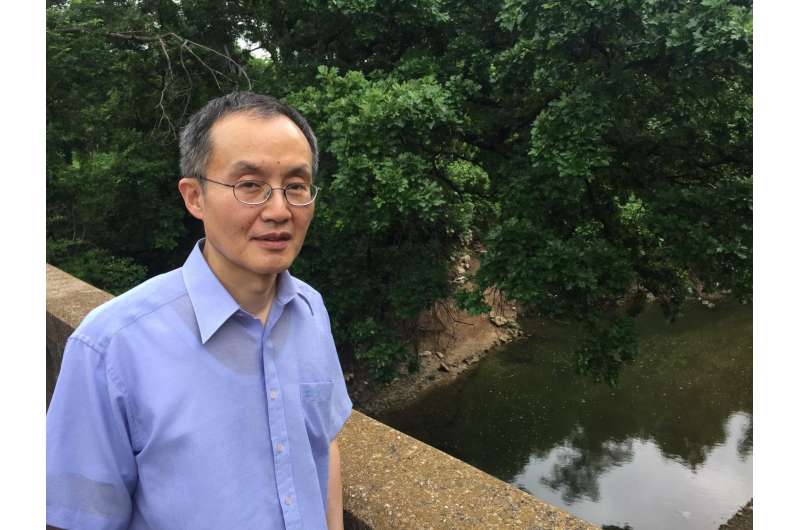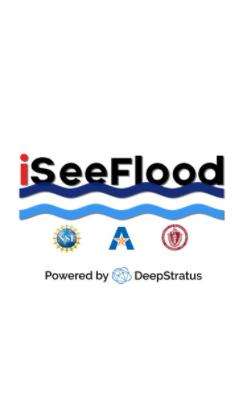DJ Seo, UTA professor of civil engineering. Credit: UT Arlington
A UTA civil engineer and hydrologist has expanded his weather-watching audience to iPhone users.
D.J. Seo, the Robert S. Gooch Endowed Professor of Water Resources Engineering and a civil engineering professor at The University of Texas at Arlington, designed a cell phone app called iSeeFlood.
The app, developed in 2016, was initially available only for Android cell phones. It is now available for iPhones. iSeeFlood encourages the public to file timely reports when they see flooding of varying severity on the streets, in and around their homes, and in streams and creeks.
Such flash floods can be dangerous to pedestrians and motorists alike. Any advantage in knowing where, when and how fast flash-flooding is occurring can save lives and property.Visit this link for the iOS download. Visit this link for the Android download. Visit https://www.iseeflood.org for an interactive display.
For iSeeFlood, Seo is collaborating with DeepStratus, a technology company based in northern Virginia to improve the app and data display.
"We are hopeful that the collaboration with DeepStratus will help UTA take this cell phone application worldwide," Seo said. "This crowdsourcing tool can not only inform the citizens for real-time decision making but also help build the data we need to understand and cope with flash flooding worldwide in a more intelligent and data-driven way."
The iSeeFlood app. Credit: UT Arlington
Seo said DeepStratus is also harvesting weather-related tweets and social media posts to help collect and build the data needed to make informed decisions on flash flooding and to advance flood science.
"Urban flood management has become an integral part of planning and services in metropolitan areas like North Texas," Seo said. "We need big data and crowdsourcing approaches to assemble needed information is especially needed in urban areas where so much development is taking place."
Since last year, Seo's team has also been installing about two dozen innovative wireless sensors around creeks, streams and flash-flooding zones in Fort Worth, Dallas, Grand Prairie and Arlington to improve high-resolution modeling of urban water systems. The sensors recorded and transmitted information about how much water was flowing, providing additional data to help the cities and National Weather Service make quicker and more accurate forecasts and alerts.
"But it's too expensive to put up sensors wherever flash flooding data are needed," Seo said. "That's why we need to rely on crowdsourcing and this phone app is a great way to gather the data we need."
Ali Abolmaali, UTA Department of Civil Engineering chair and Dr. Tseng Huang Endowed Professor, said Seo's work will help design changes in how North Texas is built.
"Once the data are collected, it's invaluable to the cities where they came from," Abolmaali said. "I could see this kind of phone app and data collection spreading across the globe."
Seo's iSeeFlood app and sensor work is but one of the many projects he and his UTA team are working on.
Provided by University of Texas at Arlington






















